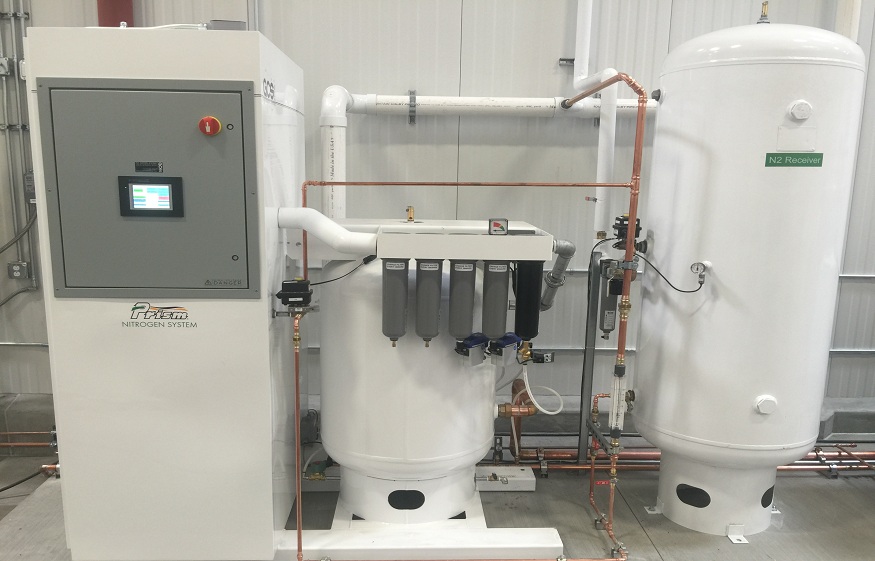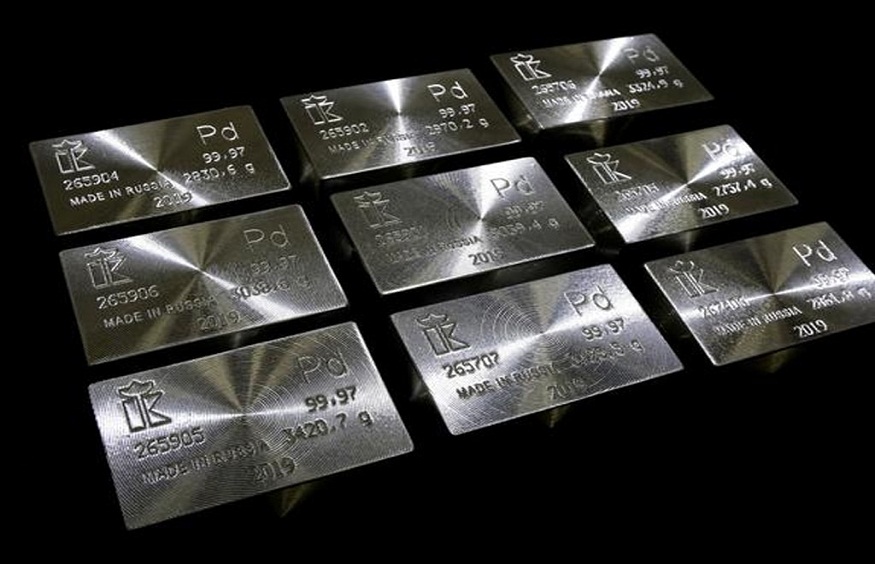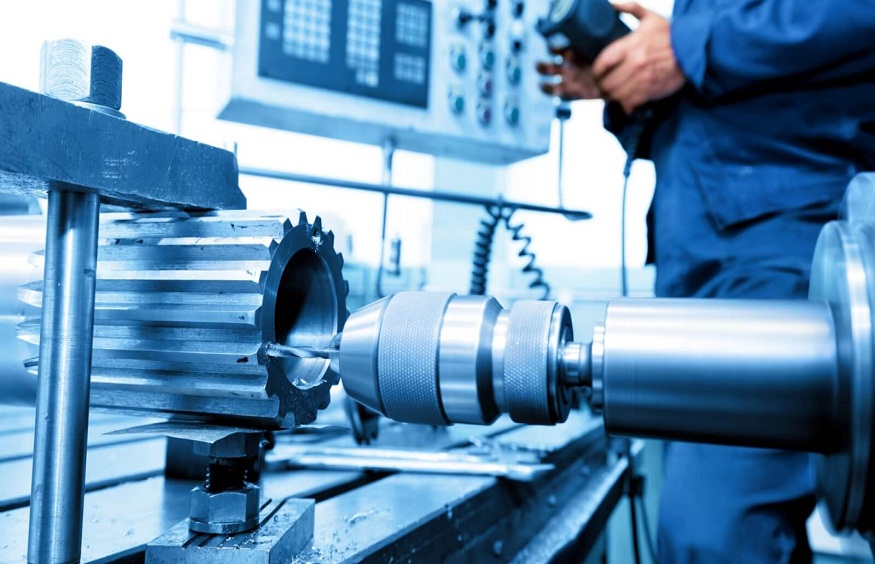The plastics industry is one of the largest sectors in the world, producing a wide range of products that are used in everyday life. However, the production of plastic materials and products involves various processes that require the use of different gases, including nitrogen. Nitrogen gas is used in the plastics industry for different applications like purging, blanketing, and inerting, among others. This is where nitrogen generators come in handy as they can produce high-purity nitrogen gas on-demand, which can be used for various plastic processing applications.
Nitrogen generators are a reliable and cost-effective solution for businesses in the plastics industry that need to use nitrogen gas on a regular basis. These generators can provide a constant supply of nitrogen gas with high purity levels, ensuring that plastic products are of high quality and free from defects. However, there are also challenges that come with using nitrogen generators in the plastics industry, such as maintenance requirements and environmental impact.
This blog will explore the advantages and challenges of using nitrogen generators in the plastics industry. We will discuss how nitrogen generators can enhance product quality, increase production efficiency, ensure safety, and reduce costs. We will also address the challenges of using nitrogen generators in the plastics industry, such as initial investment, maintenance requirements, choosing the right system, and environmental impact.
Advantages of Nitrogen Generators for the Plastics Industry
Enhancing Product Quality:
The use of nitrogen gas in the plastics industry can help prevent oxidation, discoloration, and other quality issues during plastic processing and storage. Nitrogen gas is an inert gas that displaces oxygen, preventing chemical reactions that can lead to discoloration and degradation of plastic materials. Using a nitrogen generator to produce high-purity nitrogen gas can ensure that plastic products are of high quality and free from defects.
Increasing Production Efficiency:
Nitrogen generators can help reduce cycle times, improve mold filling, and minimize scrap rates in the plastics industry. Nitrogen gas is used to pressurize molds, improving the flow of plastic materials and reducing cycle times. This can lead to increased production output and reduced operational costs. Nitrogen gas can also help minimize scrap rates by reducing the formation of bubbles or other defects in plastic products.
Ensuring Safety:
The use of nitrogen gas in the plastics industry can help prevent combustion or explosions during plastic extrusion and other processes. Nitrogen gas is used to purge flammable gases from processing equipment, reducing the risk of combustion. Nitrogen generators can provide a constant supply of nitrogen gas for purging and blanketing purposes, ensuring that plastic processing is safe and reliable.
Reducing Costs:
Nitrogen generators can lead to cost savings in the plastics industry by reducing energy consumption, maintenance, and labor costs. Nitrogen generators consume less energy than traditional nitrogen sources like compressed gas cylinders, reducing energy costs. They also require less maintenance than traditional nitrogen sources, reducing maintenance costs. Finally, nitrogen generators can reduce labor costs by eliminating the need to handle and transport heavy, bulky nitrogen cylinders.
Challenges of Nitrogen Generators for the Plastics Industry
Initial Investment:
Acquiring and installing nitrogen generators can require a high upfront cost. This can be a challenge for small businesses or those with limited budgets. However, it is important to consider the long-term benefits and cost savings a nitrogen generator can provide.
Maintenance Requirements:
Nitrogen generators require regular maintenance to ensure that they operate safely and effectively. This includes changing filters, monitoring pressure, and verifying purity levels. Failure to maintain nitrogen generators properly can result in decreased performance or even safety hazards.
Choosing the Right System:
Choosing the right nitrogen generator system can be challenging in the plastics industry. The choice of nitrogen generator depends on the specific application, the required flow rate and purity, and the available space and resources. Conducting a thorough needs assessment and working with a reputable supplier to select the right system for the job is important.
Best Practices for Using Nitrogen Generators in the Plastics Industry
- Conduct a needs assessment.
- Select a reputable supplier.
- Follow the manufacturer’s maintenance guidelines.
- Regularly monitor performance.
- Implement safety measures.
- Consider energy efficiency.
Follow these best practices to ensure the safe and effective use of nitrogen generators in the plastics industry. For reliable and high-quality nitrogen generators, consider CES, a leading provider with a proven track record in the industry. Contact CES today to learn more.
To Sum Up
Nitrogen generators offer significant advantages for the plastics industry, including enhanced product quality, increased production efficiency, safety, and cost savings. While there are challenges to using nitrogen generators, such as initial investment and maintenance requirements, following best practices can help mitigate these challenges and ensure optimal performance.
Consider CES if you are looking for a reliable and high-quality nitrogen generator for your plastics industry application. CES is a leading provider of nitrogen generators for the plastics industry, offering a range of systems to meet your specific needs. With CES, you can be sure you are getting a dependable and efficient nitrogen generator that will help you achieve your production goals while maintaining consistent quality standards.
Contact Complete Engineered Solution today to learn more about our nitrogen generator solutions and how they can benefit your plastics industry application.





